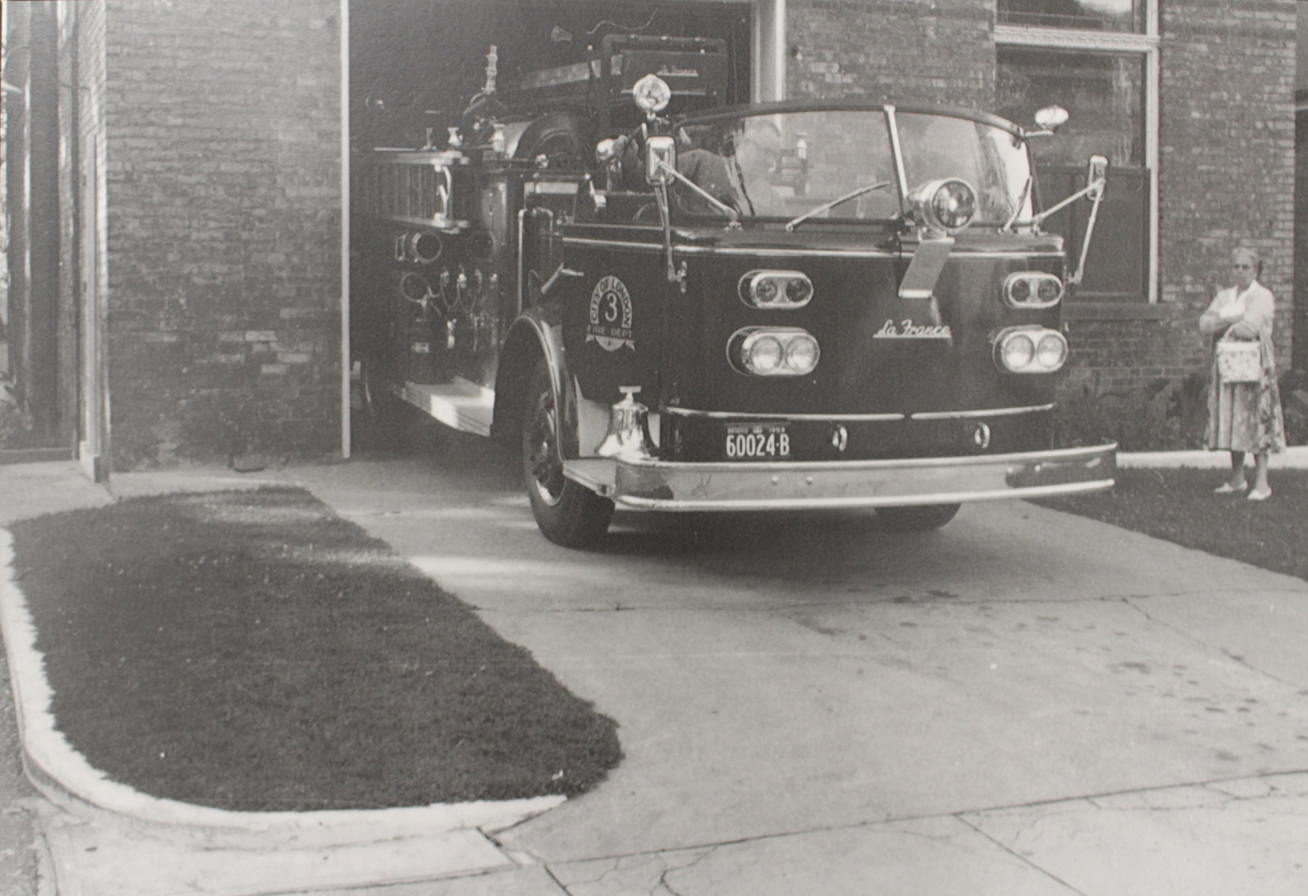These Frequently Asked Questions (FAQ) might help some of the more common questions asked abotu our site, the London Fire Department, the men and women of the LPFFA who serve, the stations where they are based, the vehicles and the equipment they use.
Some of our FAQs
Use the “search” feature located on the right to discover postings related to your inquiry.
Each post in the site has been catgorized and tagged. Categories help to organize the post into similar groupings, like incidents or fire prevention articles. Where tags are used to target specific more detailed information, like a specific event or vehicle involved.
If you know the date – Incidents often have a tag associated using the date (YYYYMMDD). Enter the date into the search bar to find your incident. Click on the tag at the bottom of the post to view all linked articles.
If you know the location – Enter the address into the search bar to find articles related to that street or specific address.
Use the advance search feature to quickly find the information you are looking for. Below the search bar in the advance search, some of the major categories are already listed to assist you.
Engines – also known as pumpers, are staffed with four personnel, carry approximately 1200 liters of water, 900 meters of hose, ground ladders, and hand tools.
Trucks – Aerial Trucks provide large mounted ladders for rescue and elevated water applications.
Tankers – have a large capacity to deliver water to scenes where there are no hydrants.
- Rescue unit
- Haz-Mat Unit
- Decontamination Unit
- Technical Rescue Unit
- Marine Units
Truck 7 & Truck 9 have a 30m(100ft) ladder attached to their vehicles.
Aerial apparatus, more commonly referred to as a “truck” in London, has mounted with an extendable boom that enables firefighters to reach high locations. They can provide a high vantage point for spraying water and creating ventilation, an access route for firefighters and an escape route for firefighters and people they have rescued.
Typically in London a pump or engine will have the following hose package:
| Location | Imperial | Metric |
|---|---|---|
| Bumper Line | 1.75″ hose x 300′ | 45mm hose x 90m |
| Transverse Line | 1.75″ hose x 300′ | 45mm hose x 90m |
| Transverse Line | 2.5″ hose x 300′ | 65mm hose x 90m |
| Driver Side Compartment | 1.75″ hose x 50′ | 38mm hose x 15m |
| 2.5″ hose x 50′ | 65mm hose x 15m | |
| 4″ hose x 50′ | 100mm hose x 15m | |
| Captain Side Compartment | 2.5″ hose x 50′ | 65mm hose x 15m |
| 4″ hose x 50′ | 100mm hose x 15m | |
| Rear | 1.75″ hose x 300′ | 38mm hose x 90m |
| 2.5″ hose x 500′ – Forward lay | 65mm hose x 150m | |
| 2.5″ hose x 500′ – Reverse with nozzle | 65mm hose x 150m | |
| 4″ hose x 550′ | 100mm hose x 165m | |
| Total: | 3000′ | 900m |
*(typical London hose package for an engine which can vary dependant on the vehicle configuration)
Originally known as ‘coach dogs’ in England, Dalmatians were used as guards for the mail and later accompanied fashionable carriages. In the stables and fire stations the Dalmation proved it was no mere decorative mascot destroying rats and other vermin. [Read more…]

